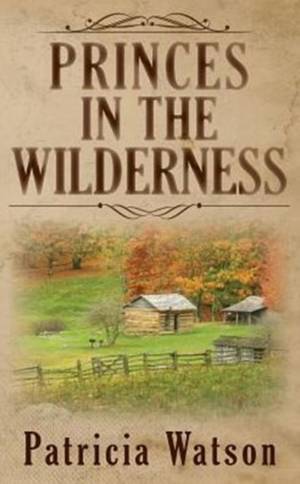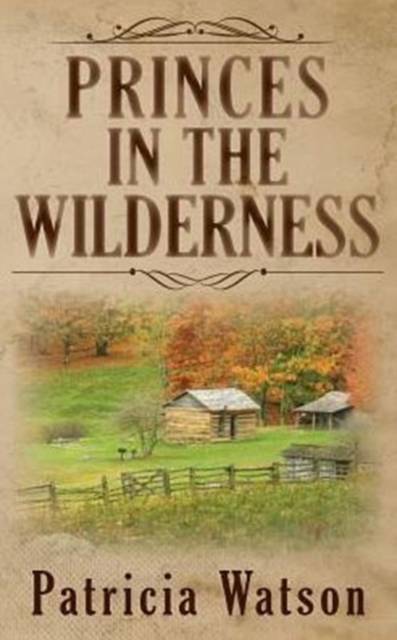
- Retrait gratuit dans votre magasin Club
- 7.000.000 titres dans notre catalogue
- Payer en toute sécurité
- Toujours un magasin près de chez vous
- Retrait gratuit dans votre magasin Club
- 7.000.000 titres dans notre catalogue
- Payer en toute sécurité
- Toujours un magasin près de chez vous
Description
After defeating Napoleon in 1815, Britain's population exploded. The Industrial Revolution had mechanized industry and agriculture. In the small village of Settrington, Yorkshire, Thomas Dale a young thirteen year old farmer, his brothers John, George, and their sister Hannah and her husband William saw little future in their homeland. In 1819 hoping to own their own land and freely follow their Methodist faith, they left Britain, braved the Atlantic crossing, the St. Lawrence River's rapids, and a treacherous storm on Lake Ontario, to reach York, a military town of twelve hundred inhabitants. Here, an Ojibwa introduced them to a Quaker farmer from Newmarket who took them by ox cart up a barely passable trail called Yonge Street. Staying a year with Quakers, until the surveying was completed, they applied for land grants. Assisted by their Ojibwa friend, White Deer, the Quakers and a blacksmith from Holland Landing, named Samuel Lount, they began clearing the forest. It was not long before they had to choose between loyalty to Britain or to Samuel and their American born neighbours. On a cold day in early December 1837, Thomas barely escaped with his life trying to help Samuel. Their story defines the formation of our Canadian identity and a government responsible to the common man.
Spécifications
Parties prenantes
- Auteur(s) :
- Editeur:
Contenu
- Nombre de pages :
- 370
- Langue:
- Anglais
Caractéristiques
- EAN:
- 9781987985474
- Date de parution :
- 16-09-15
- Format:
- Livre broché
- Format numérique:
- Trade paperback (VS)
- Dimensions :
- 127 mm x 203 mm
- Poids :
- 399 g







